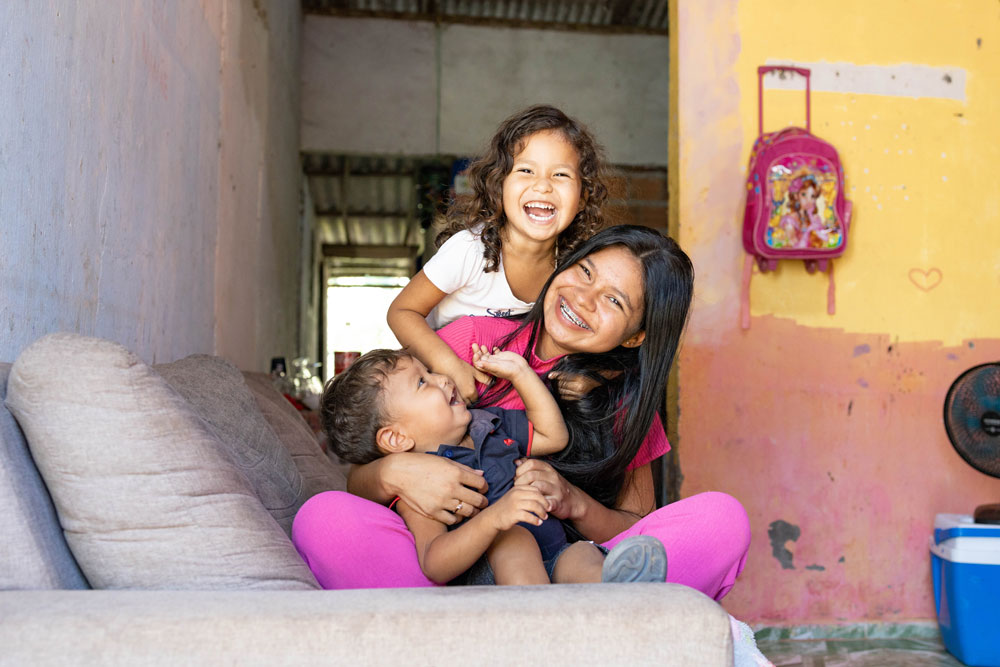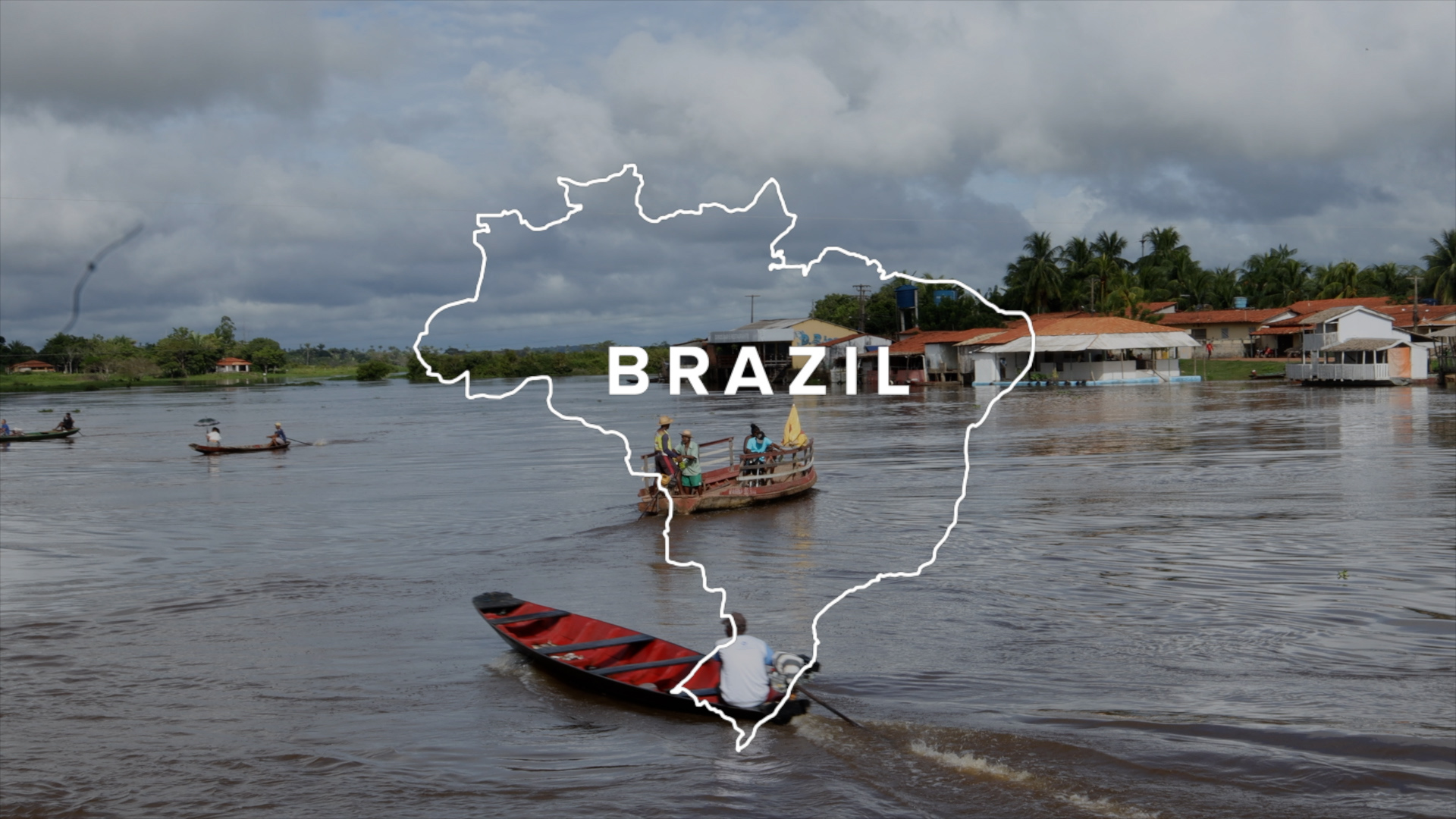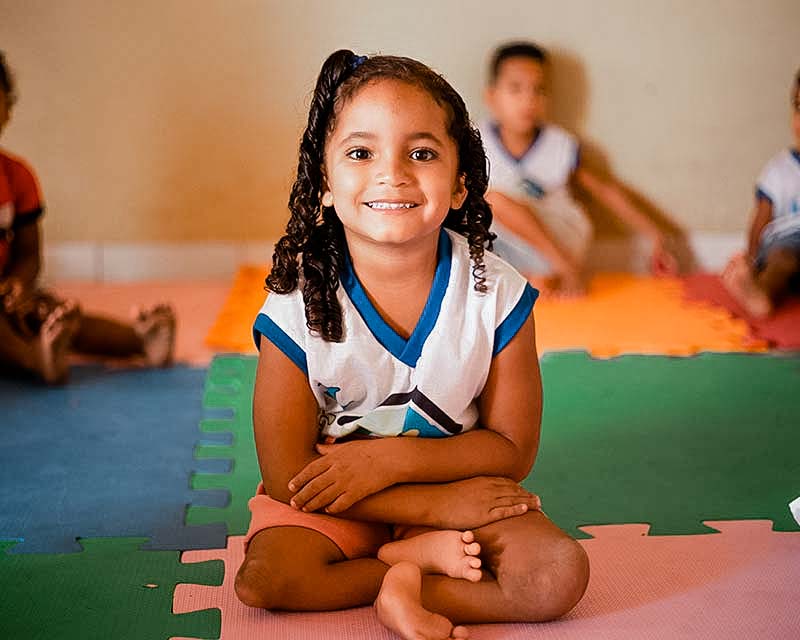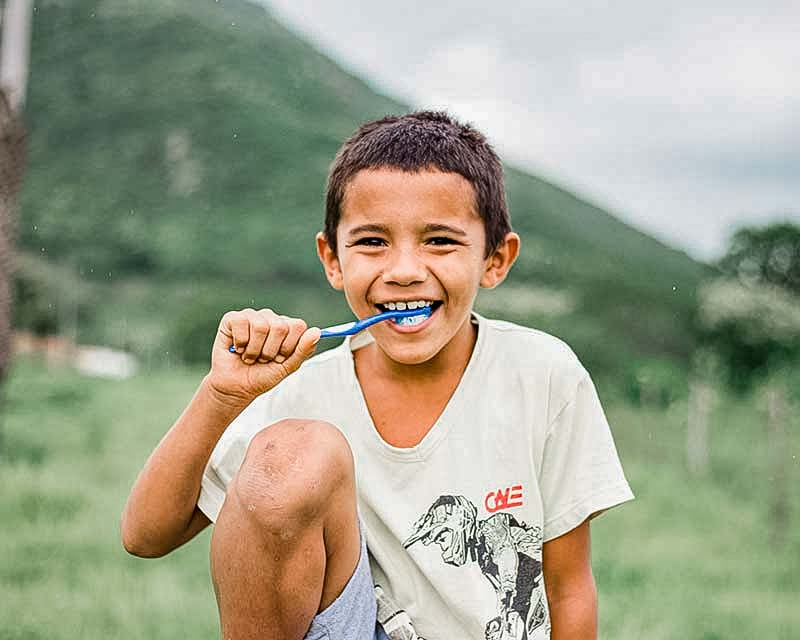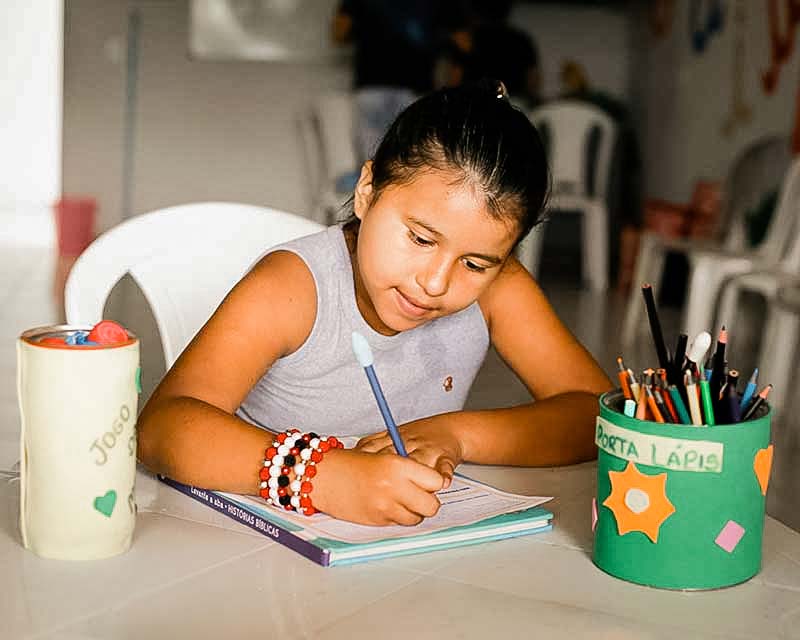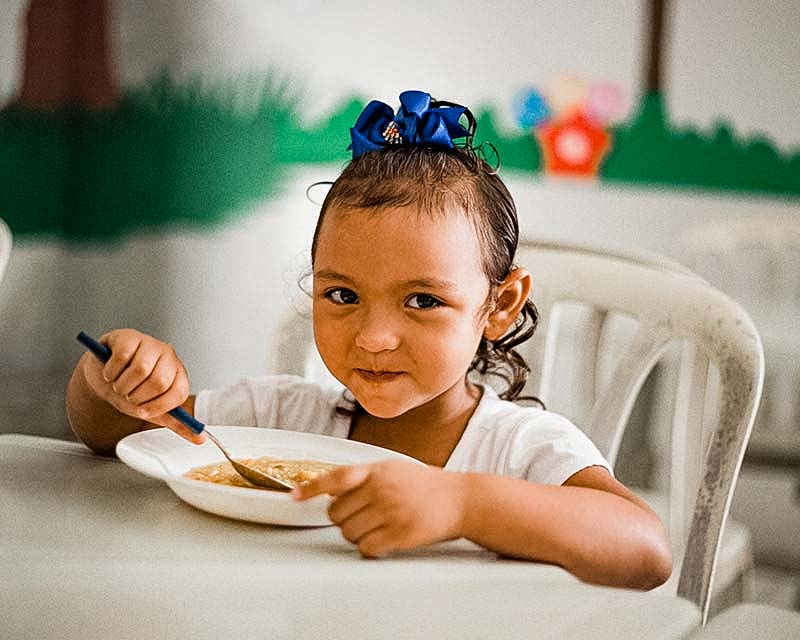Brazil is South America's biggest country and the world's fifth largest. Slightly smaller than China and slightly bigger than Australia, it borders every other country in South America except Ecuador and Chile, and makes up 47 per cent of the continent.
The country covers three time zones and is renowned across the world for its vibrant carnival, verdant rainforests and world class football. Brazil is one of the world’s most biodiverse countries, with a total of four million plant and animal species. The nation is also home to countless UNESCO World Heritage Sites and has a rich culture with European and indigenous influences.
Social inequality is a major issue in Brazil and the challenges for children in poverty differ in rural and urban communities. In cities, drug and gang problems are rife. In rural areas, access to adequate health, sanitation and education facilities is limited.
Many indigenous groups, particularly in the Amazon region, lack access to healthcare and other services. They have been hit hard by the twin threats of the COVID-19 pandemic and rampant deforestation, which is often driven by cattle ranchers, illegal mining and drug cartels encroaching on their traditional lands.
Our national staff in Brazil are committed to empowering our local church partners to make sustainable changes in their own communities.
READ MOREkeyboard_arrow_down
READ LESSkeyboard_arrow_up
